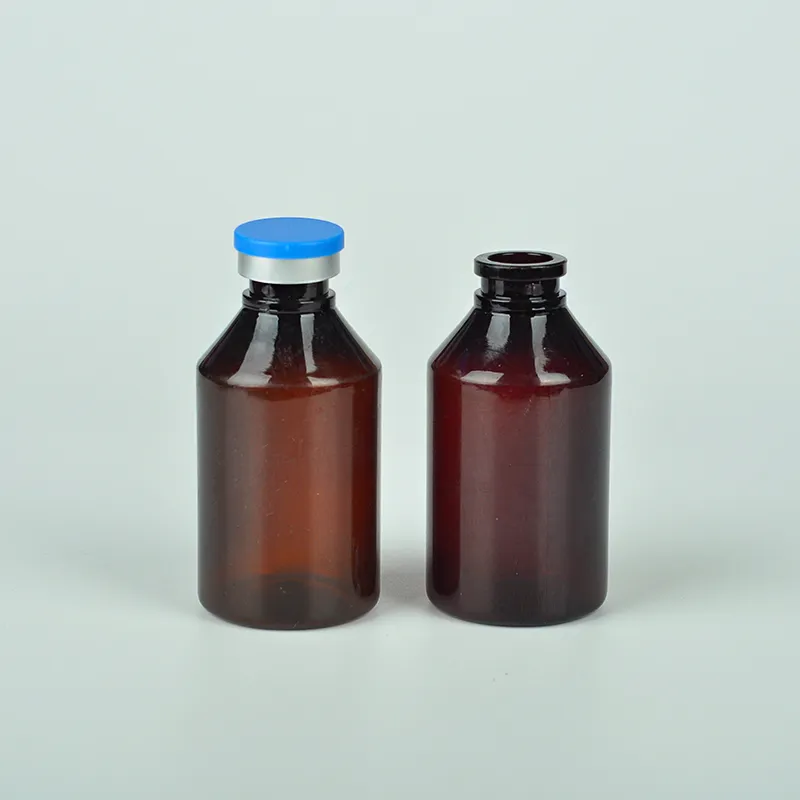
-
 Afrikaans
Afrikaans -
 Albanian
Albanian -
 Amharic
Amharic -
 Arabic
Arabic -
 Armenian
Armenian -
 Azerbaijani
Azerbaijani -
 Basque
Basque -
 Belarusian
Belarusian -
 Bengali
Bengali -
 Bosnian
Bosnian -
 Bulgarian
Bulgarian -
 Catalan
Catalan -
 Cebuano
Cebuano -
 Corsican
Corsican -
 Croatian
Croatian -
 Czech
Czech -
 Danish
Danish -
 Dutch
Dutch -
 English
English -
 Esperanto
Esperanto -
 Estonian
Estonian -
 Finnish
Finnish -
 French
French -
 Frisian
Frisian -
 Galician
Galician -
 Georgian
Georgian -
 German
German -
 Greek
Greek -
 Gujarati
Gujarati -
 Haitian Creole
Haitian Creole -
 hausa
hausa -
 hawaiian
hawaiian -
 Hebrew
Hebrew -
 Hindi
Hindi -
 Miao
Miao -
 Hungarian
Hungarian -
 Icelandic
Icelandic -
 igbo
igbo -
 Indonesian
Indonesian -
 irish
irish -
 Italian
Italian -
 Japanese
Japanese -
 Javanese
Javanese -
 Kannada
Kannada -
 kazakh
kazakh -
 Khmer
Khmer -
 Rwandese
Rwandese -
 Korean
Korean -
 Kurdish
Kurdish -
 Kyrgyz
Kyrgyz -
 Lao
Lao -
 Latin
Latin -
 Latvian
Latvian -
 Lithuanian
Lithuanian -
 Luxembourgish
Luxembourgish -
 Macedonian
Macedonian -
 Malgashi
Malgashi -
 Malay
Malay -
 Malayalam
Malayalam -
 Maltese
Maltese -
 Maori
Maori -
 Marathi
Marathi -
 Mongolian
Mongolian -
 Myanmar
Myanmar -
 Nepali
Nepali -
 Norwegian
Norwegian -
 Norwegian
Norwegian -
 Occitan
Occitan -
 Pashto
Pashto -
 Persian
Persian -
 Polish
Polish -
 Portuguese
Portuguese -
 Punjabi
Punjabi -
 Romanian
Romanian -
 Russian
Russian -
 Samoan
Samoan -
 Scottish Gaelic
Scottish Gaelic -
 Serbian
Serbian -
 Sesotho
Sesotho -
 Shona
Shona -
 Sindhi
Sindhi -
 Sinhala
Sinhala -
 Slovak
Slovak -
 Slovenian
Slovenian -
 Somali
Somali -
 Spanish
Spanish -
 Sundanese
Sundanese -
 Swahili
Swahili -
 Swedish
Swedish -
 Tagalog
Tagalog -
 Tajik
Tajik -
 Tamil
Tamil -
 Tatar
Tatar -
 Telugu
Telugu -
 Thai
Thai -
 Turkish
Turkish -
 Turkmen
Turkmen -
 Ukrainian
Ukrainian -
 Urdu
Urdu -
 Uighur
Uighur -
 Uzbek
Uzbek -
 Vietnamese
Vietnamese -
 Welsh
Welsh -
 Bantu
Bantu -
 Yiddish
Yiddish -
 Yoruba
Yoruba -
 Zulu
Zulu
300ml plastic juice bottles for convenient and eco-friendly beverage storage
The Versatility and Sustainability of 300ml Plastic Juice Bottles
In recent years, the beverage industry has witnessed a significant transformation, with an increasing focus on convenient and sustainable packaging options. Among these innovations, the 300ml plastic juice bottle has emerged as a favorite choice for both consumers and manufacturers alike. This article explores the features, benefits, and implications of using 300ml plastic juice bottles in the market today.
Convenience and Portability
One of the most appealing aspects of 300ml plastic juice bottles is their size. This compact capacity strikes a balance between providing enough juice to quench a thirst without being overly bulky. They are perfect for on-the-go consumers—be it commuters, gym-goers, or families heading out for a picnic. The lightweight nature of plastic further enhances their portability, making them an ideal choice for diverse occasions.
Moreover, the design of these bottles often includes easy-to-open caps and spill-resistant features, making them user-friendly. Whether you're a busy professional rushing to work or a parent looking to keep your children hydrated during a day out, the 300ml plastic juice bottle offers both functionality and ease of use.
Preserving Freshness and Flavor
The preservation of juice quality is paramount in the beverage industry. 300ml plastic juice bottles are typically manufactured from food-grade polyethylene terephthalate (PET) plastic, which is known for its ability to keep products fresh. The materials used in these bottles provide an excellent barrier against moisture, air, and light, factors that can compromise the quality and taste of juice over time.
300ml plastic juice bottles

Additionally, the smaller size of 300ml bottles means quicker consumption, which reduces the time the juice is exposed to the open air once it is opened. This aspect is crucial for maintaining the flavor and nutritional value of the juice, allowing consumers to enjoy their beverages at their best.
Sustainability Matters
As environmental concerns continue to grow, the beverage industry is under pressure to adopt more sustainable practices. The 300ml plastic juice bottle can play a significant role in this transformation. Many manufacturers are now exploring recycling options and using recycled materials in their production processes.
Innovations such as biodegradable plastics and designs that encourage recycling help minimize the ecological footprint of these bottles. Moreover, by promoting refillable and recyclable options, companies contribute to a circular economy where resources are reused rather than discarded. As consumers become more environmentally conscious, brands that prioritize sustainability in their packaging can enhance their appeal and strengthen their market position.
Conclusion
The 300ml plastic juice bottle serves as an ideal blend of convenience, quality preservation, and sustainability. Its size makes it suitable for various lifestyles, while its design ensures that juice maintains its freshness and flavor. As the industry continues to evolve, the focus on sustainable practices will likely shape the future of juice packaging. Consumers can enjoy their favorite beverages not only with convenience but also with the assurance that they are making environmentally responsible choices. Thus, the 300ml plastic juice bottle is not just a vessel for juice; it represents a step towards a more sustainable and consumer-friendly beverage market.
-
PTFE Centrifuge Tubes - Chemical Resistant, Leak-proof, Ideal for Laboratory UseNewsJul.05,2025
-
Premium Metal Dropper Bottle for Precise Dispensing 250ml & 1ml Options AvailableNewsJul.04,2025
-
20 ml Headspace Vials - High Quality Polyethylene & Plastic Vials for Lab UseNewsJul.04,2025
-
Small Bottle with Pipette - Precise Dispensing 100ml Pipette Bottles for Essential Oils & Lab UseNewsJun.24,2025
-
Acetic Anhydride Bottle for Accurate Dropper Measurement in Pharmacy Use High-Quality Dropper BottlesNewsJun.10,2025
-
Innovative PET Bottle Design for Juice – Unique Shapes & Customization OptionsNewsJun.10,2025






















